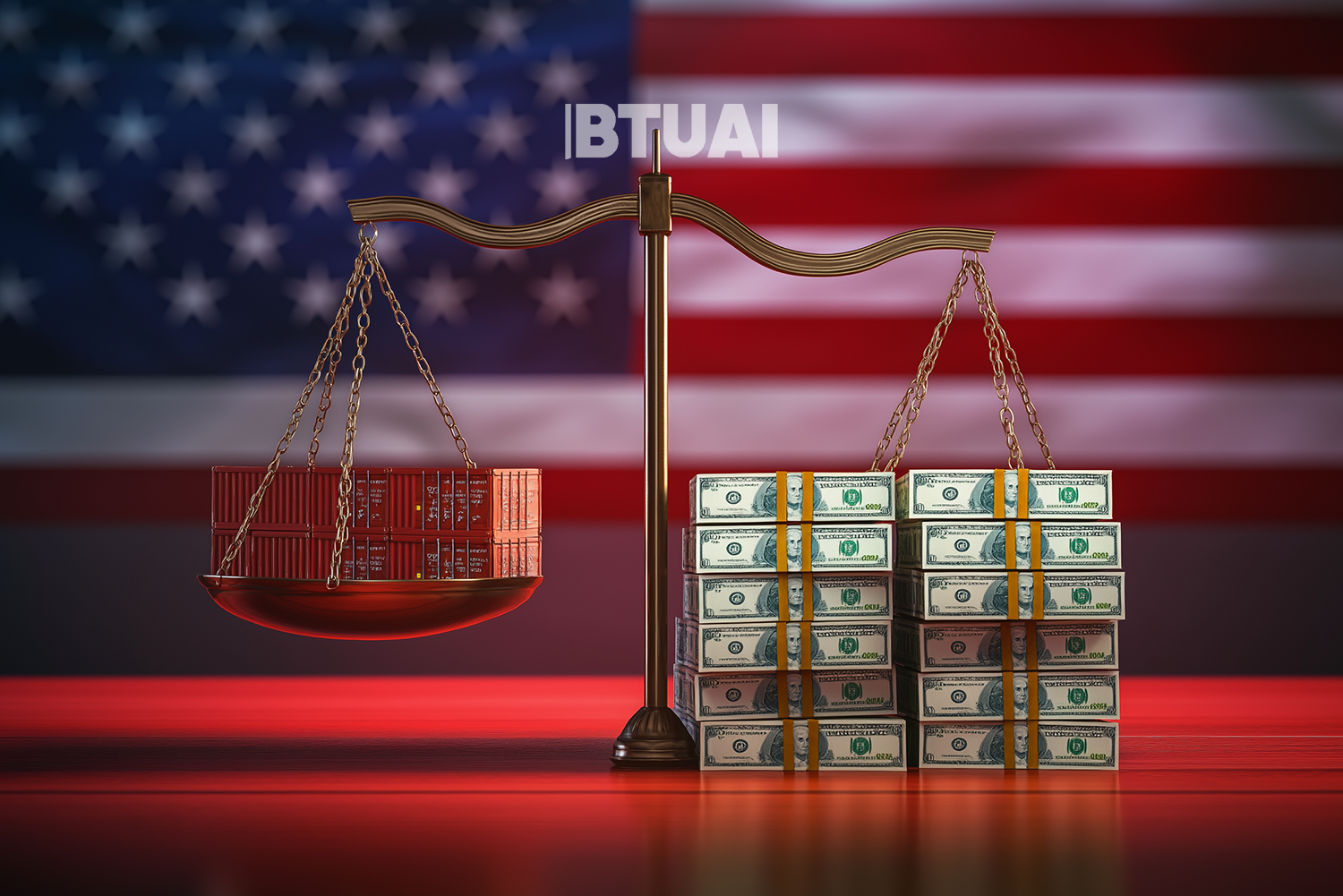Trump’s Tariffs: A Threat or Opportunity for Foreign Companies?
The United States has long been a highly attractive destination for foreign investment. With global consumption accounting for nearly

The United States has long been a highly attractive destination for foreign investment. With global consumption accounting for nearly 30% of the world’s total and over $5 trillion in accumulated foreign direct investment (FDI), the American market continues to be a dominant force despite economic slowdowns in China and Europe.
However, Donald Trump’s trade policies have significantly altered the conditions that once made America so appealing to businesses. Increased tariffs and unpredictable trade strategies have presented major challenges for foreign companies. Trump’s imposition of 25% tariffs on Canadian and Mexican goods, followed by sudden changes and adjustments like increasing tariffs on Canadian aluminum and steel from 25% to 50% before quickly revising them, highlights the unpredictable nature of U.S. trade policies. Additionally, the threat of 200% tariffs on alcoholic beverages from the EU adds more tension to the economic landscape.
Why Trump’s Tariffs Are Disruptive
Trump’s approach aims to pressure foreign companies to relocate their manufacturing operations to the U.S. to avoid increased tariffs. While some companies have already started to consider this shift, the situation is far more complex than simply moving production.
For instance, major healthcare companies like Novo Nordisk and Roche, which generate nearly half of their sales in the U.S., have minimal domestic manufacturing presence. Moving production to the U.S. would be a costly and complex process.
The electronics industry faces similar challenges. Taiwanese giant TSMC announced plans to invest $165 billion in the U.S., far surpassing the originally planned $60 billion, to avoid potential high tariffs.
In the auto industry, companies like Porsche, which imports all its vehicles to the U.S., are especially vulnerable compared to companies like BMW and Mercedes, which already have production facilities in the U.S.
However, attempts to shift production to the U.S. have not always been successful. Foxconn, for example, announced a $10 billion investment in Wisconsin in 2017, but ultimately invested less than $1 billion and created only 1,000 jobs instead of the promised 13,000.
The Complex Reality of Manufacturing in the U.S.
Moving production to the U.S. is not easy, particularly for industries like pharmaceuticals or automotive manufacturing. Due to the complexity of supply chains, products often cross multiple borders before being finalized. This complicates decision-making for companies contemplating relocating their operations.
In addition, while tariffs are a powerful tool, they may not be the most effective strategy for attracting foreign companies to America. The main problems in the U.S. manufacturing environment are not just tariffs, but also bureaucratic barriers and outdated regulatory frameworks.
Threats & Opportunities
-
Threats:
- Increased tariffs create financial burdens and force companies to reconsider their supply chains.
- High tariffs on imports could result in higher production costs for companies that rely on global supply chains.
- Companies are likely to redirect investments to other rapidly growing markets to avoid the financial impacts of U.S. tariffs.
-
Opportunities:
- Companies that establish manufacturing facilities in the U.S. may gain a competitive advantage by avoiding tariffs.
- Increased U.S. production can also strengthen brand perception, particularly for companies marketing to American consumers.
- Companies able to navigate U.S. regulations effectively may find themselves in a more favorable position in a less crowded market.
What Should Foreign Companies Do?
To adapt to Trump’s policies, companies should consider:
- Evaluating Cost-Benefit Ratios: Determine whether relocating to the U.S. is financially viable.
- Diversifying Supply Chains: Creating more flexible supply chains to minimize risks from tariff changes.
- Lobbying for Regulatory Improvements: Working with policymakers to push for clearer and simpler regulations.
- Developing Local Partnerships: Collaborating with American firms to establish local manufacturing and distribution.




